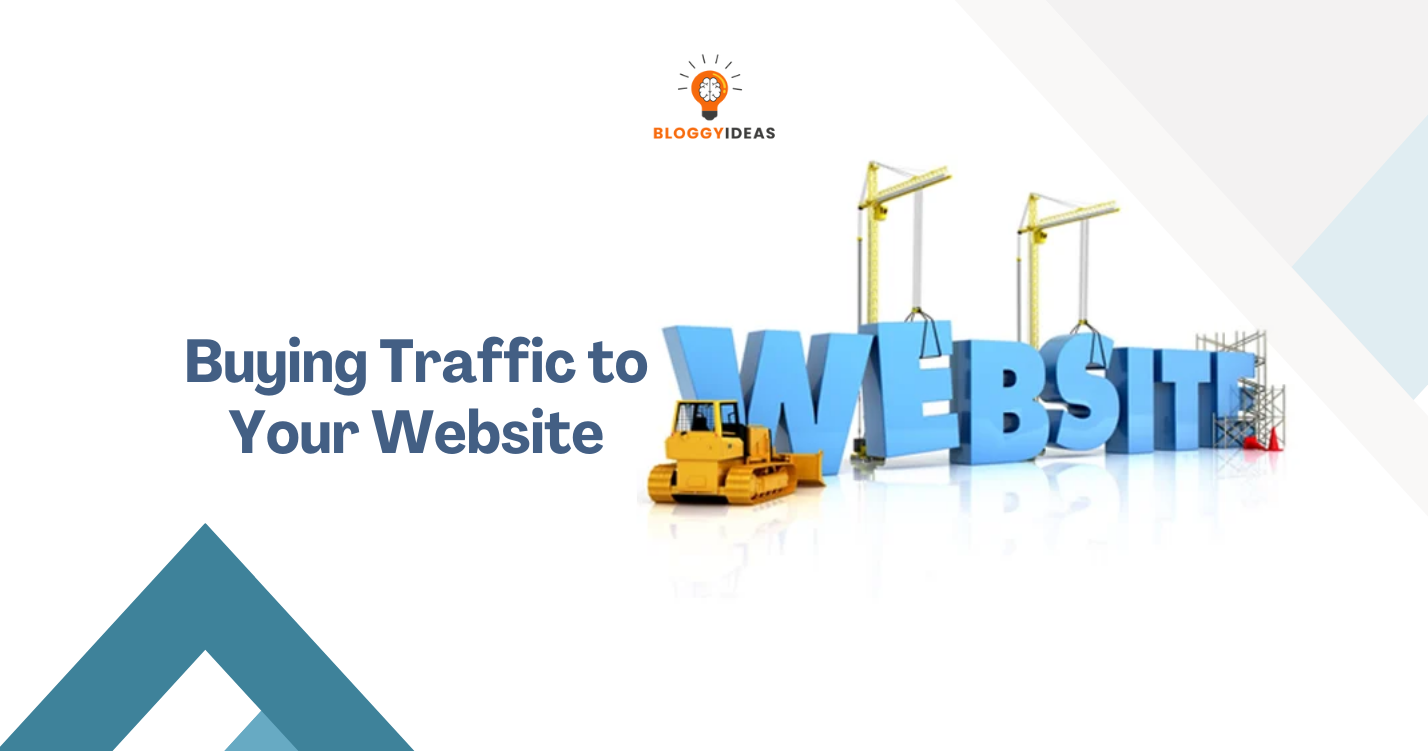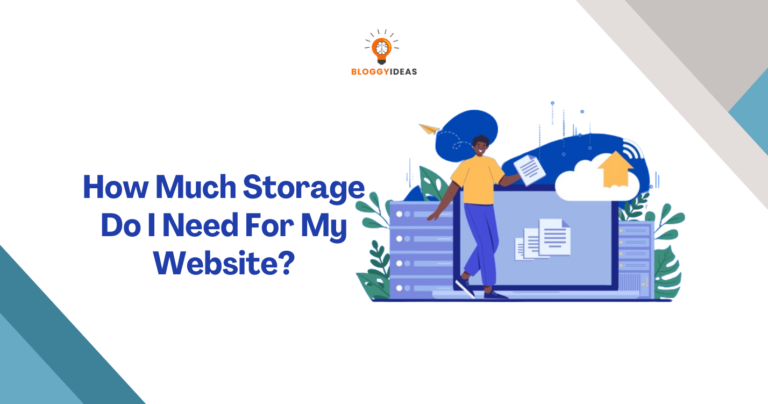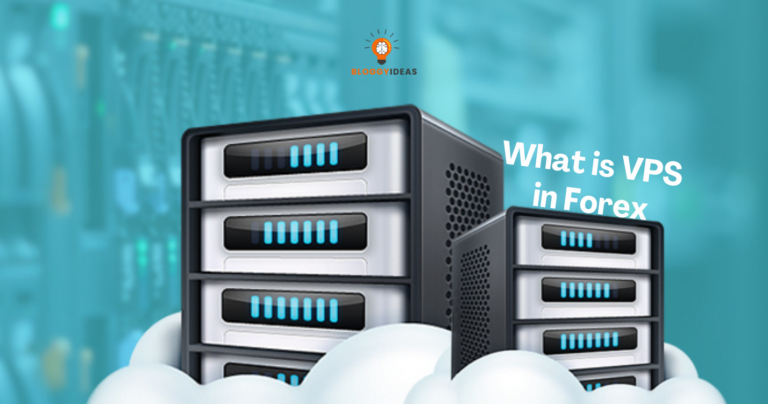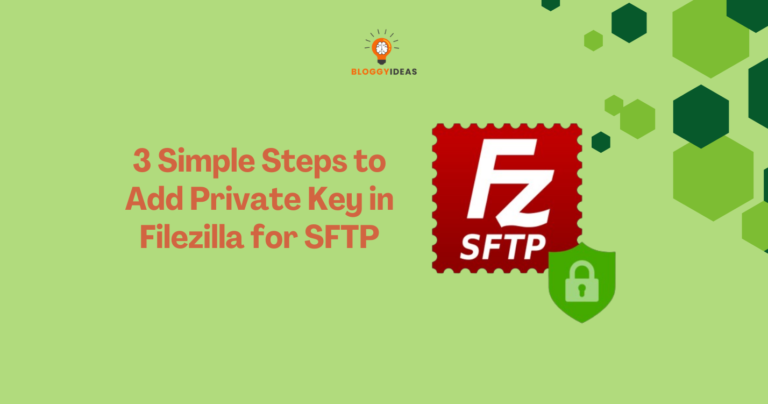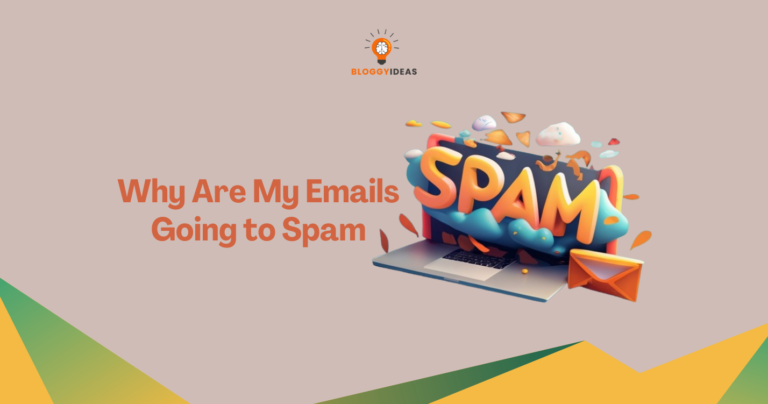Buying Traffic to Your Website
“Quick Overview” In today’s digital landscape, the success of a website is often gauged by its traffic volume. Quality traffic translates to enhanced visibility and increased leads. But what if your site struggles to attract enough visitors or convert them into sales despite your efforts?
To prevent your business from stagnating, you may contemplate purchasing website traffic. But does this approach truly deliver results for your website? Put your worries to rest.
Read on to discover whether buying traffic is a guaranteed solution for boosting your website’s growth.
What Does Buying Traffic Mean?
The concept of ‘buying traffic’ or ‘paid traffic’ refers to investing a specific amount of money to increase visitors to your website. This traffic is typically generated through various types of advertisements, such as native, display, carousel, etc., across different social networking platforms. When executed with proper marketing strategies and a suitable budget, paid traffic can yield a significant return on investment (ROI).
Now that we’ve covered the definition of buying traffic for websites, let’s explore various types of website traffic.
5 Main Types Of Website Traffic
Various types of website traffic are classified based on their source or nature. Here are some common categories:
1. Paid Traffic
As mentioned earlier, paid traffic involves investing a predetermined amount to enhance website growth through ad campaigns. Sources include Google, Bing, Facebook, LinkedIn, YouTube, Instagram, and Twitter. Paid traffic is generated when users click on ads, making higher clicks indicative of better traffic.
2. Organic Traffic
This term denotes traffic generated without monetary investment. It typically stems from SEO practices such as blogging, regular content updates, building quality backlinks, guest posting, keyword optimization, user-friendly site navigation, and social media engagement. Sources include Google, Bing, Yahoo, etc. Unlike paid traffic, organic traffic requires time and effort to build but yields sustainable results.
3. Direct Traffic
This type of traffic, often referred to as “dark traffic,” originates from unidentified sources. It commonly occurs when visitors access your site via bookmarks, broken or missing tracking codes, browser misattribution, and other similar reasons.
4. Referral Traffic
As the name implies, referral traffic is generated through links from social networking sites or other websites. Users typically don’t find your site through search engines but instead come across links to your site on various platforms and click to explore further.
Google’s tracking system categorizes this traffic under the referral section. Backlinks also contribute to this type of traffic; when your site is linked to high-authority domains, people may click on it to explore your offerings.
5. Social Traffic
Social traffic originates from users accessing social networking sites via mobile apps. For example, when web users click on a link to your site attached to a retweet or social media post, it’s classified as social traffic. This traffic can come from both paid and organic sources.
For instance, if you have a marketing site and a social media account where you regularly post content with relevant hashtags, you increase your chances of appearing at the top of search results when users use the same hashtags in their searches.
If users find your posts informative and relevant to their needs, they may click on the link to your site in the caption. This redirected traffic is then counted as social traffic.
How Does Buying Traffic For A Website Work?
To give you a bigger and better picture of how buying traffic for a website works, we will first explain to you different ad formats. Generally, there are 7 main ad formats:
- Search Ads
- Shopping Ads
- Display Ads
- Video Ads
- Gmail Ads
- Performance Max Ads
- Smart Campaigns
They are primarily utilized to drive traffic to your website, but not every ad format may suit your needs. The selection of ad format is tailored to your objectives and campaign execution.
For instance, if you’re running an eCommerce site aiming for both traffic and sales, the shopping ad format would likely be your top choice.
Keep in mind, the choice of format hinges on your objectives and offerings. Additionally, consider pricing models like PPC (Pay Per Click), PPI (Pay Per Impression), PPV (Pay Per View), and CPC (Cost Per Conversion).
- The PPC pricing model charges you when users click on your ad and land on your site. Each click deducts a predetermined amount from your account.
- In the PPI pricing model, fees are based on impressions rather than user interactions. Your account is debited for each thousand impressions of your ad.
- PPV model charges when users view video ads. Each view deducts a set amount from your ad account, often used for product launches or brand awareness.
- In the CPC advertising model, charges occur when users complete actions like filling forms or signing up. You pay the platform a set amount for each successful action.
Once again, you cannot simply pick one pricing model or apply them all. Your choice of pricing model should align with your goals, business type, budget, and products/services.
Many wonder why opt for these pricing models when organic traffic is an option. While organic traffic is viable, it’s a slow process. It may take 3 to 6 months, or even up to a year, to see significant results.
Paid ads, on the other hand, yield impressive outcomes quickly. Within an hour of running an ad, you’ll begin to see impressions. Moreover, you have complete control over paid ads. This includes managing budgets, targeting specific demographics and locations, crafting creative ad copy, adjusting bidding strategies, and meeting your criteria with ease. Ultimately, achieving your desired goal becomes more manageable.
What are the Sources of Paid Traffic?
There are numerous sources of paid traffic. A few of them are listed below:
- Search engines
- Social media
- Banner ads
- Pop-up ads
- Visual ads
- Promoting services/products through influencers
- Partnering with affiliates or publishers for promotion
- Native ads
- Online videos
How to Determine the Quality of Purchase Traffic?
Identifying traffic quality has evolved beyond mere page views or site visits. Today, multiple metrics ensure traffic quality, starting with the conversion rate.
BizcaBoom suggests assessing your overall conversion rate. If it’s below 1-5%, you’re on track; continuous improvement will raise it. Analyze conversions via Google Analytics or other SEO tools, considering leads generated through calls, contact forms, or site interactions.
Another metric is the lead ratio: how many visitors convert into leads. With 300 daily visitors and a 2% conversion rate, focus on enhancing lead generation strategies.
Monitor bounce rates; a rate over 90% signals concern, necessitating attention to reduce it. Traffic source matters too. Dark, illegitimate, or robotic sources indicate poor traffic quality, requiring strategy adjustments.
Additionally, assess average time spent on a page and user session per page to gauge traffic quality comprehensively. Understanding these factors helps determine traffic quality and informs decisions on paid traffic strategies.
Pros of Paid Traffic
- Provides enhanced visibility and scalability within a limited timeframe. With the launch of an ad campaign, visible results are expected within 24 hours.
- Offers greater control over your activities. Customize your budget, target a broader audience, craft compelling ad content, adjust bidding strategies, and more.
- Google’s search algorithm does not disrupt ad rankings. Run ads seamlessly without concern, as algorithm changes won’t affect your ad’s position.
- Learning and managing paid advertisements is relatively straightforward. Familiarize yourself with PPC and your business. Once you grasp the basics, set up a successful paid campaign with ease.
Cons of Paid Traffic
- Meeting targets hinges on budget allocation. Adequate funding is essential for effective ad campaigns as paid advertising revolves around investing to enhance visibility and expand reach.
- Customer acquisition costs tend to be higher, influenced by platform choice, ad format, industry, and campaign specificity. Lead acquisition costs, in particular, often surpass those of alternative channels.
- The presence of the word ‘ad’ can deter some users, leading them to overlook ads they perceive as irrelevant or uninteresting.
- Keyword expenses can quickly deplete budgets. Certain keywords, though with low search volume, remain highly sought-after, driving up costs for advertisers.
- Regular ad updates are crucial for maintaining relevance, competitiveness, and consistent website traffic. This necessitates refreshing keywords, refining ad copy, optimizing landing pages, and closely monitoring bidding strategies, ad schedules, and competitor actions.
Does Buying Traffic a Good Idea?
Does purchasing website traffic yield results? The answer lies with you. If you seek rapid, reliable outcomes and possess ample budget, buying traffic is advantageous! This shortcut not only drives traffic and business but also enhances brand visibility with zero adverse effects.
Acquiring traffic is a recession-proof strategy that enhances website visits, fosters brand recognition, and bolsters conversions. Importantly, it won’t detrimentally affect rankings even upon cessation. Thus, purchasing traffic maximizes online business potential.
Yet, lacking expertise in paid traffic and adequate budget warrants reconsideration of this approach.
Furthermore, to evade potential pitfalls of paid advertising, adhere to the aforementioned guidelines.
Does Buying Traffic Help With SEO?
Yes, but only indirectly. Paid advertisements don’t directly impact SEO. However, they can enhance engagement on your site by attracting high-quality traffic and boosting user retention, indirectly benefiting your SERP ranking.
Additionally, targeted audiences redirected from social networking platforms can amplify social media engagement. Likes, shares, saves, and comments on posts, stories, reels, and videos can bolster your social media presence.
Lastly, paid traffic significantly boosts brand awareness, offering exposure crucial for site growth. Increased exposure leads to more inbound leads, heightened social media presence, and ultimately, indirect ranking improvement.
Nevertheless, while paid advertising is beneficial, it shouldn’t be the sole focus for SEO. Emphasize best SEO practices like content marketing, link building, and technical optimization for sustainable growth.
4 Alternatives For Driving Traffic To A Website
1. Organic SEO
This approach stands as an unparalleled method to reach your objectives. As previously noted, while time-consuming, it yields magnificent results, especially for those seeking long-term growth.
Adhering to SEO tactics—including blogging, content marketing, guest posting, identifying industry-specific keywords, optimizing the website, and regularly updating content and functionalities—enhances user experience and ensures success on SERPs.
2. Content Marketing & Link Building
Content marketing and link building significantly impact website traffic. By implementing these strategies, you can capture users’ attention and direct them to your site.
Content marketing involves creating and sharing various content types such as blogs, videos, and social media posts. This aims to attract users to your website without directly promoting your products or services. You can generate content related to your business to engage your audience.
Link building is a key SEO technique where external pages or sites link to your content. Having your site linked on popular and authoritative platforms can boost your site’s ranking and traffic.
Furthermore, combining these strategies enhances their effectiveness.
3. Social Media Marketing & Advertising
Another prevalent and effective strategy is Social Media Marketing, wherein you promote your company’s products or services across various social media platforms such as Facebook, Instagram, Twitter, LinkedIn, and more.
However, merely posting content is insufficient. It’s essential to craft compelling and relevant content that encourages users to engage by liking, sharing, commenting, saving, and following your social media accounts, ultimately driving traffic to your website.
Advertising can also be considered a form of social media marketing, involving the creation of ad copy to capture users’ attention. One distinction between social media marketing and advertising is the significant investment required for running ads and achieving tangible results.
4. Influencer Marketing & Partnerships
Influencer marketing offers an incredible avenue for brand exposure, albeit a paid one. Success hinges on strategic selection of influencers who align with your goals. Granting creative freedom to influencers is essential for authentic brand promotion. Monitoring metrics ensures campaign effectiveness.
Partnerships also drive significant traffic, whether with individuals, affiliate programs, or businesses. These collaborations connect you with your target audience, extend your reach, and enhance credibility. By forging mutually beneficial partnerships, you can effortlessly achieve your objectives.
Conclusion
I hope this post has provided you with all the necessary information to purchase traffic for your website. Should you choose to buy traffic, we advise thoroughly considering every aspect, including your goals, timeline, and alternative traffic acquisition methods.
That being said, if you ultimately decide to invest in purchasing traffic, it’s crucial to develop a clear and comprehensive strategy to maximize the return on your investment.
Related Resources:

